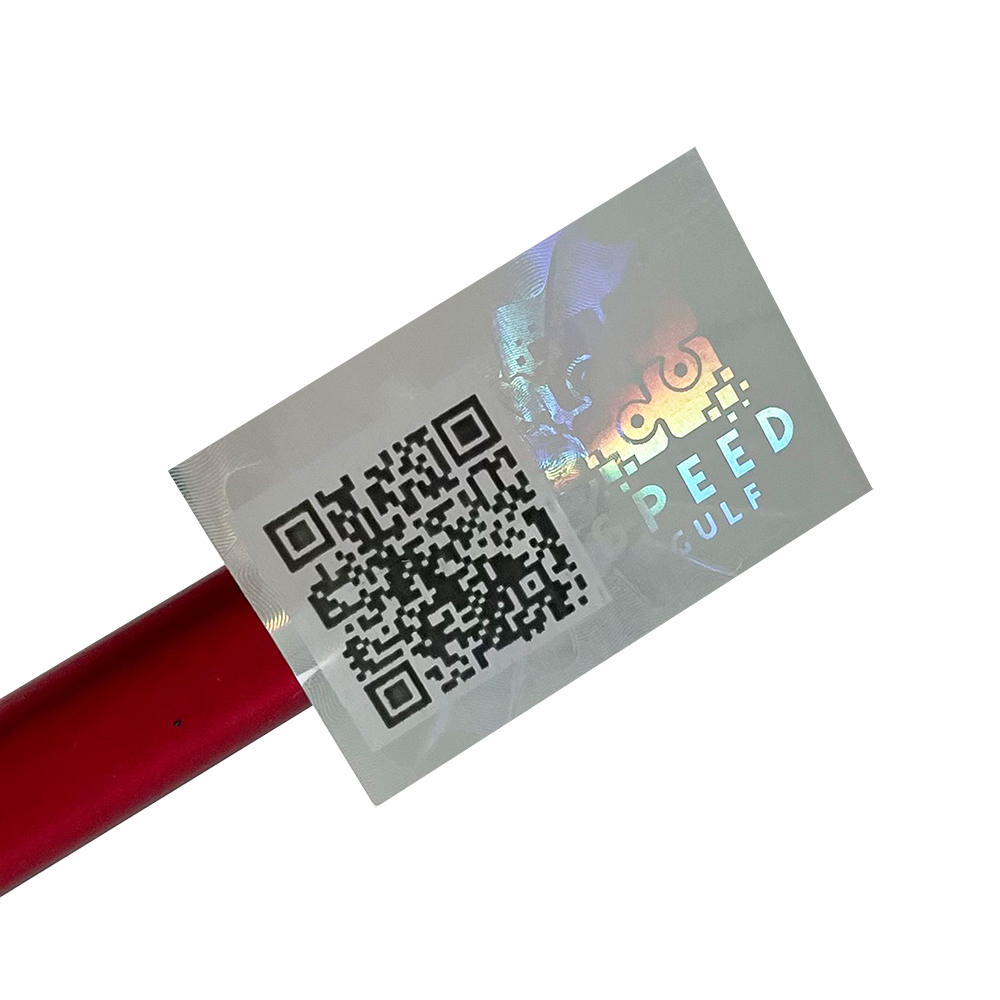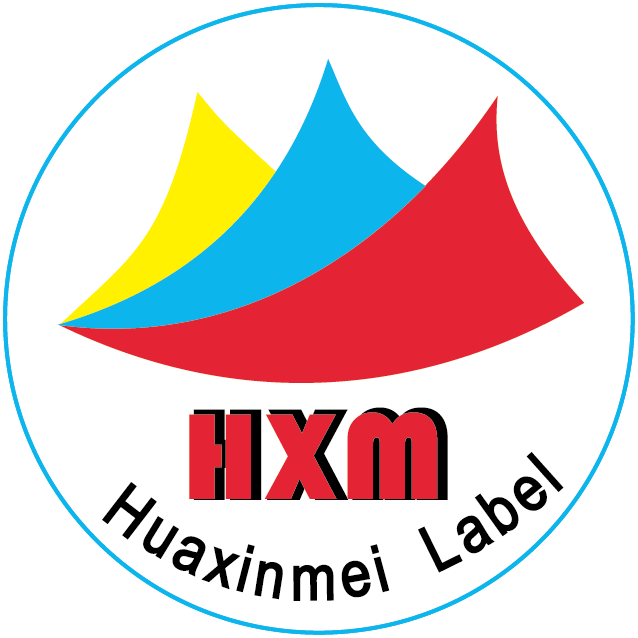Recycled Paper
Raw Materials: Mainly made from waste paper, reducing dependence on virgin wood. Recycled paper is relatively cheaper when purchasing materials to make labels, compared to virgin paper. If you have a tight budget, recycled paper is a cost-effective choice. Another feature of recycled paper is its recyclability—if a batch of label products fails quality control during production, the paper can be sent back to the mill for reprocessing, effectively avoiding waste.
Environmental Advantages:
Reduces tree felling and protects forest resources.

Consumes less energy and water during production than virgin paper, with fewer pollutant emissions (e.g., reduced chemicals in wastewater and exhaust).
Helps reduce air and soil pollution, as recycled paper can be reused instead of being burned, which causes air pollution.
Suitable Scenarios: General eco-labels, document stickers, and other scenarios with low requirements for paper strength.
Notes: Some recycled paper may be slightly grayish in color or have lower surface smoothness; choose based on printing needs.
Core Requirements and Paper Selection Principles for Eco-Stickers
The “environmental friendliness” of eco-stickers must be considered throughout the full lifecycle: raw material sourcing, production processes, usage, and waste disposal. Ideal eco-friendly paper should have these characteristics:
Renewable Materials: Prioritize fast-growing forests, herbaceous plants, and other sustainable resources; avoid tropical rainforest wood.
Low-Pollution Production: Use chlorine-free bleaching, biological pulping, and other clean processes to reduce wastewater and exhaust emissions.
Degradable/Recyclable: Paper should meet composting standards or be easily recyclable to avoid microplastic pollution.
Functional Compatibility: Meet usage requirements like adhesiveness, water resistance, and durability.
Plant Fiber Eco-Papers
Bamboo Fiber Paper
Raw Material Advantages: Bamboo grows in just 3–5 years (much faster than trees) and has strong regenerative capacity. China has 8 million hectares of bamboo forests, a rich resource.
Production Process: Uses caustic soda-anthraquinone cooking, no chlorine-based bleaches. Wastewater from pulping can be treated via a black liquor recovery system, with 40% fewer pollutant emissions than wood pulp.
Performance:
Fiber length: 1.5–2.0mm (slightly shorter than coniferous wood, but thicker-walled and stiffer, suitable for sticker bases needing support).
Natural antibacterial (contains bamboo kun), inhibiting bacterial growth on sticker surfaces—ideal for food packaging.
Whiteness ≥85% ISO, suitable for color printing; ink absorption: 25–30g/m².
Typical Uses: Fresh produce labels, children’s toy stickers (meets EN71-3 heavy metal standards).
Sugarcane Bagasse Paper
Raw Material Source: China produces ~30 million tons of sugarcane bagasse annually, 70% of sugar mill waste, with <50% current recycling rate—significant circular economy potential.
Pulping Technology: Emerging biological pulping uses fungi to degrade lignin in bagasse, reducing energy consumption by 35% compared to traditional chemical pulping. Wastewater COD can drop from 10,000mg/L to <3,000mg/L.
Applications: Starbucks cold cup stickers (FSC® certified), EU organic food labels.

Cotton Pulp Paper
Raw Material Features: Made from textile industry waste cotton (scraps, old clothes). China recycles ~2 million tons of waste cotton annually, equivalent to saving water for 3 million mu of cotton fields.
Eco-Process: Uses mechanical defibering instead of chemical pulping, no chemical additives, water reuse rate ≥85%.
Advantages:
Fiber length: 2.5–3.5mm, highly flexible; tensile strength: 60–80N/m, tear-resistant.
Naturally fluorescent-free, neutral pH (6.5–7.5), safe for skin contact (medical tapes, temporary tattoos).
Market Use: Japanese Merries baby diaper labels, European medical breathable stickers.
Selection Strategies
Food Contact Scenarios: Prioritize cotton pulp paper (food-grade certified) or sugarcane bagasse paper (low residue). Ensure water-based inks (e.g., DIC Eco-Solvent).
Outdoor Durability: Choose PLA degradable paper (short-term use) or stone-plastic paper (long-term outdoor).
Budget-Friendly Projects: Recycled paper or straw pulp paper; consider FSC® mixed-certified paper (30% recycled fiber).
High-End Customization: Bamboo fiber paper with hot stamping (plant-based foil) for texture without compromising eco-friendliness.
Future Trends for Eco-Stickers
Material Innovation: Algae-based paper (spiral algae biomass) in labs, with 10x higher carbon absorption than trees.
Smart Integration: Eco-stickers with temperature-sensitive inks (e.g., color-changing to indicate food spoilage) or self-healing coatings.
Digital Applications: QR code eco-stickers linked to product traceability (e.g., French wine blockchain + bamboo fiber labels).


